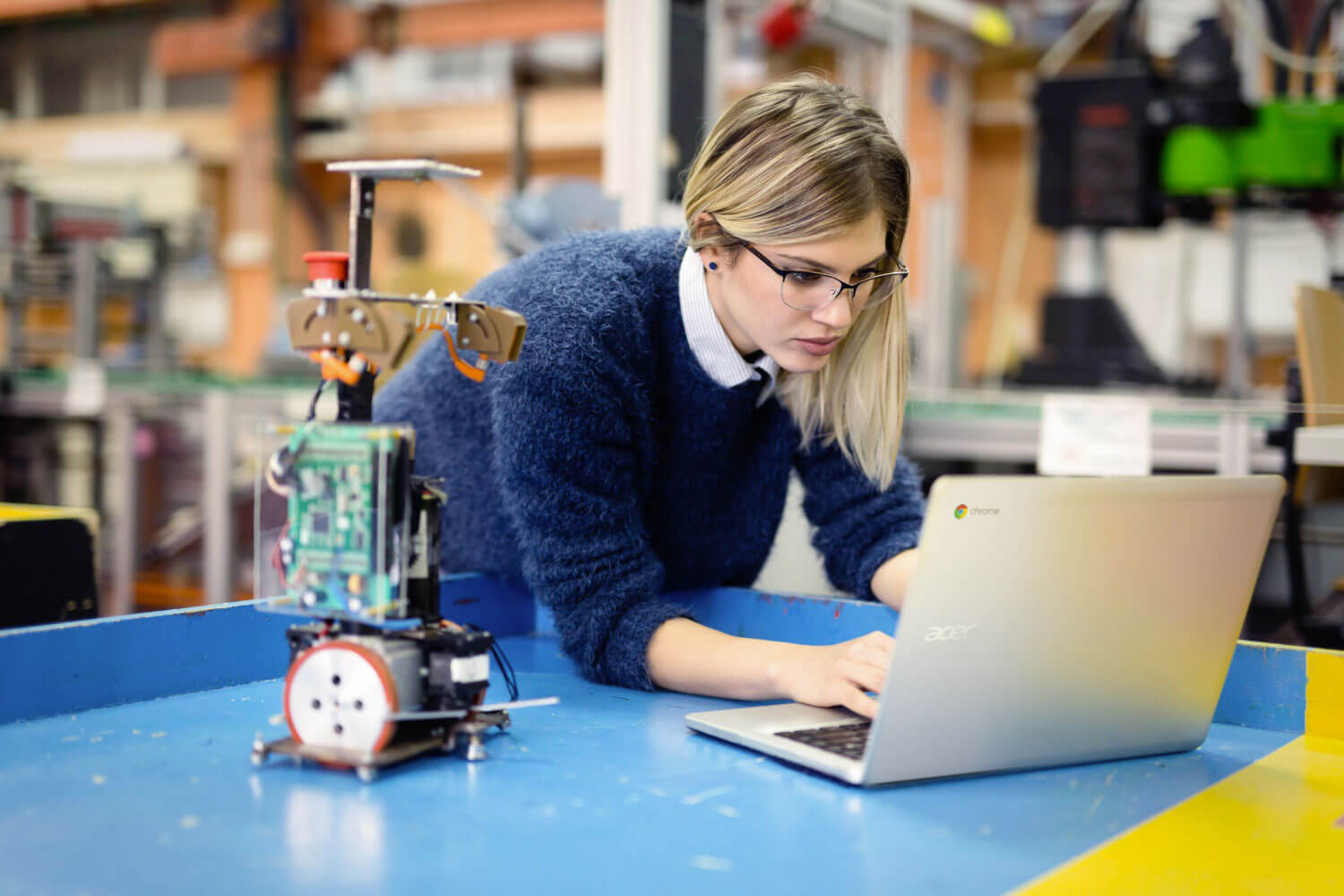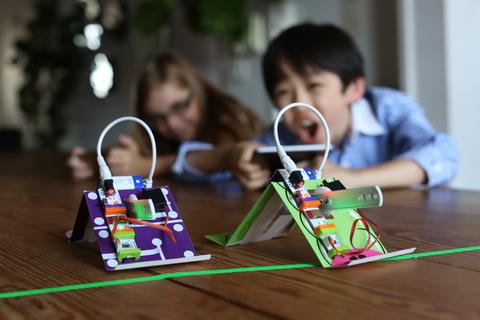The need for people in STEM-related careers is at an all-time high. Science, tech, engineering and math fields are looking for people who can think critically, solve problems and work with science and math concepts with ease. For years, much of this type of work has been outsourced to other countries, but with the growing dependence on tech, domestic businesses are also increasing hires in these fields.

While teachers are preparing students for their potential careers, they are also imparting the many other benefits of bringing STEM concepts into the classroom. One way to do this is through robotics. While building robotic figures and getting them to work, students learn skills like mechanics, engineering, coding and more.
Why Students and Teachers Love Robotics Programs
It is no wonder robotics is increasingly popular in schools. Not only do students love doing the work, but teachers see the incredible benefits, including:
Engagement- Students are interested in robots. Even young children are curious to explore how things made of metals and plastics can operate as if they were alive.
High-level thinking- Robotics challenges students to think in new ways. Every decision a student makes is reflected in the design and function of the robot. They must think a few steps ahead constantly.
Connecting to reality- Robots help humans do many tasks on a daily basis. Learning about robotics can help students understand those interactions and think beyond them for future applications.
Collaboration- Designing, building and testing robots is often a team affair. Students who build robots work together and can learn to negotiate group work successfully because they are deeply invested in the outcome.
How to Bring Robotics to Your Classroom
The next step is deciding how to introduce robotics and in what context. Here are a few ideas.
1. Focus on building patterns and giving direction.
Students who are beginning the journey into robotics can start by practicing some of the fundamental skills. Robotics designers and engineers must be excellent at finding patterns. Students can start by creating and completing simple visual patterns with geometric shapes and move on to more complex written or verbal patterns. In addition, robotics engineers have to find ways to give directions to their creations. Practicing speaking and writing detailed directions can help prep students for a robotics experience.
2. Read fiction and nonfiction about robotics.
Check out books about engineering, coding and robotics from the school library. Read about famous inventors and consider how they went from idea to product. Then, read fiction books about robots. Let students imagine all the possibilities. Grounding students in both the practical and the fantastical when it comes to robots can help them accomplish great things.
3. Invest in premade toys, games or kits.
If you have no idea how to get students building actual robots in class, do a quick search for classroom robotics kits. You will find plenty of options out there. If the kits are beyond your budget, write a grant, complete an online request for donors to help out or ask parents to pitch in. While you are waiting for the funding and kits to come through, prep your students with the above options.

Discover more about Robotics with RobotLAB!
Check our products page and discover different products that are ideal for your STEM classroom! And don't forget to take a look to our online learning platform Engage!K12 that offer a wide range of lessons for students and teachers !



